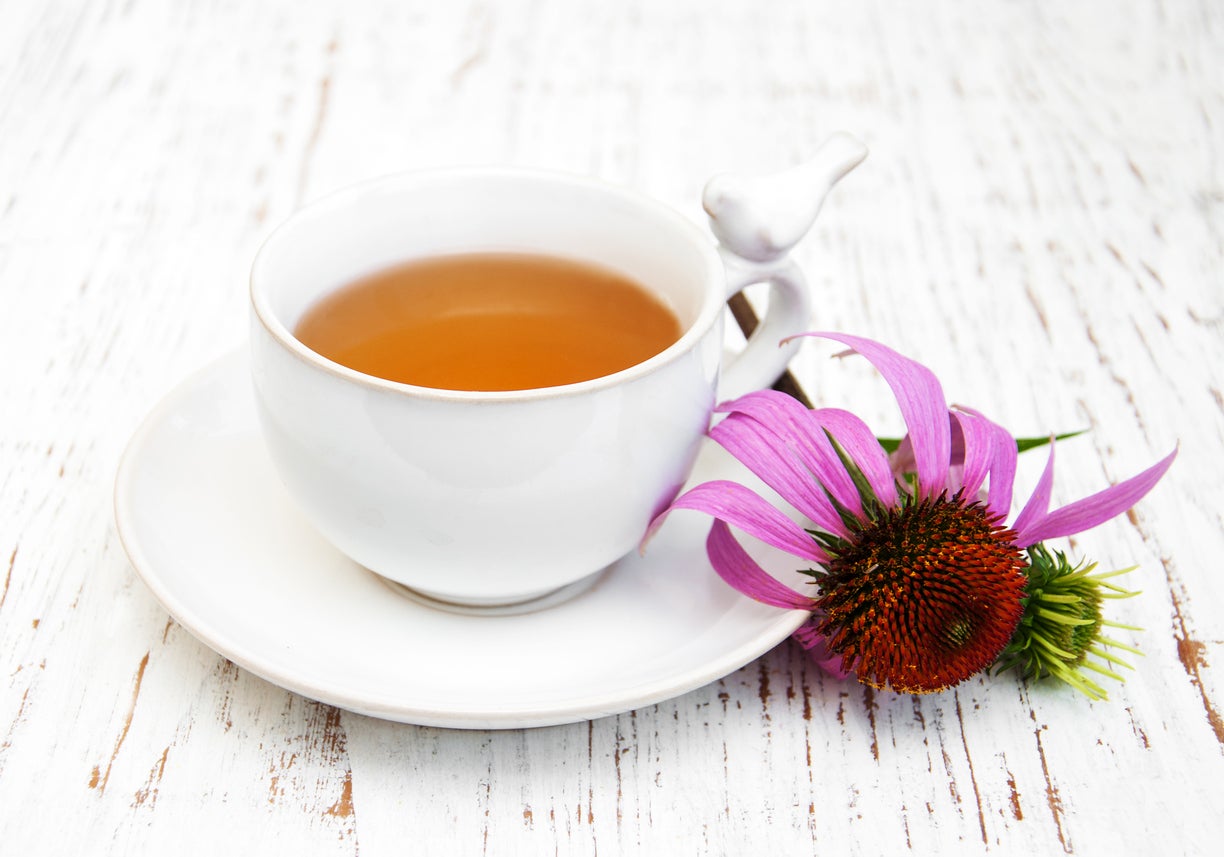Coneflower Herbal Uses – Growing Echinacea Plants As Herbs


Coneflowers are perennials with daisy-like blossoms. In fact, Echinacea coneflowers are in the daisy family. They are pretty plants with big, bright flowers that attract butterflies and songbirds to the garden. People have also been using coneflowers medicinally for many, many years. Read on for more information on coneflower herbal uses.
Echinacea Plants as Herbs
Echinacea is a native American plant and one of the most popular herbs in this country. People in North America have been using coneflowers medicinally for centuries. Medicinal Echinacea was used for years in traditional medicine by indigenous Americans, and later by colonists. In the 1800's, it was believed to provide a remedy for purifying the blood. It was also thought to deal with dizziness and treat rattlesnake bites. During the early years of the 20th century, people began using Echinacea herbal remedies to treat infections as well. They would make extracts of the plant and apply or ingest them. Echinacea plants as herbs fell out of favor when antibiotics were discovered. However, people kept using cornflowers medicinally as an external treatment for wound healing. Some continued ingesting medicinal Echinacea to stimulate the immune system.
Coneflower Herbal Uses Today
In modern times, using Echinacea plants as herbs is again becoming popular and its effectiveness is being tested by scientists. Popular coneflower herbal uses include combatting mild to moderate upper respiratory tract infections, like the common cold. According to experts in Europe, Echinacea herbal remedies can make colds less severe and also cut short the duration of colds. This conclusion is somewhat controversial, however, since some scientists say that trials were flawed. At least nine studies though have found that those who used Echinacea herbal remedies for colds improved significantly more than the placebo group. Since some parts of Echinacea plants seem to enhance the human defense system, doctors have considered whether the plant’s herbal uses might include prevention or treatment of viral infections. For example, doctors are testing Echinacea for use in the fight against the HIV virus, the virus that causes AIDS. However, more testing is necessary. At any rate, the use of coneflower tea for cold treatment is still a popular practice today.
Sign up for the Gardening Know How newsletter today and receive a free copy of our e-book "How to Grow Delicious Tomatoes".

Teo Spengler is a master gardener and a docent at the San Francisco Botanical Garden, where she hosts public tours. She has studied horticulture and written about nature, trees, plants, and gardening for more than two decades, following a career as an attorney and legal writer. Her extended family includes some 30 houseplants and hundreds of outdoor plants, including 250 trees, which are her main passion. Spengler currently splits her life between San Francisco and the French Basque Country, though she was raised in Alaska, giving her experience of gardening in a range of climates.